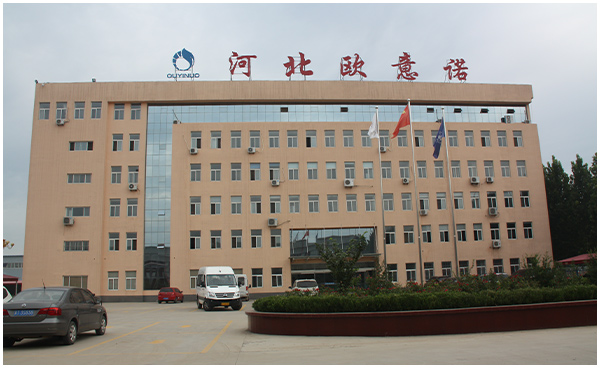
Aug . 13, 2024 15:16
Back to list
Understanding the Principles and Applications of Gas Heat Exchangers in Industrial Processes
Gas Heat Exchangers Principles, Applications, and Advancements
Gas heat exchangers are essential components in various industrial processes and systems. They facilitate the transfer of thermal energy between two or more fluids, typically involving a gas and a liquid or another gas, without allowing them to mix. This process plays a crucial role in improving energy efficiency, reducing costs, and minimizing environmental impact across multiple sectors, including power generation, HVAC, and chemical processing.
Principle of Operation
The fundamental principle of a gas heat exchanger lies in its ability to transfer heat from a hotter medium to a cooler one. In typical applications, the hot gas circulates through the heat exchanger, where its thermal energy is transferred to a secondary fluid, often water or another gas. The effectiveness of this heat transfer depends on several factors, including the temperature difference between the fluids, the surface area of the heat exchanger, and the flow arrangement (counterflow, parallel flow, or crossflow).
Heat exchangers are designed to maximize this surface area while minimizing resistance to fluid flow. Common types include shell-and-tube, plate, and finned-tube heat exchangers. Each design serves specific applications, balancing efficiency, cost, and space constraints.
Applications of Gas Heat Exchangers
Gas heat exchangers find applications in a variety of industries. In the energy sector, they are integral to combined cycle power plants, where they capture waste heat from gas turbines to produce steam, improving overall plant efficiency. Additionally, in natural gas processing, heat exchangers are employed to condense and separate gases, facilitating their conversion into liquid forms for transportation and commercial use.
gas heat exchanger

In HVAC systems, gas heat exchangers are crucial for optimizing energy use in heating and cooling processes
. They help regulate indoor climates while ensuring minimal energy wastage. Furthermore, in the chemical industry, they play a vital role in maintaining optimal reaction temperatures, maximizing yield, and ensuring safety by managing exothermic reactions.Recent Advancements
Recent advancements in gas heat exchanger technology are focusing on improving efficiency and performance. Innovations include the development of materials with enhanced thermal conductivity and corrosion resistance, which facilitate better heat transfer and longer service life. Moreover, the integration of advanced computational fluid dynamics (CFD) modeling has allowed engineers to design more effective and compact heat exchangers, optimizing flow patterns and heat transfer rates.
Sustainability is also driving advancements in gas heat exchanger technology. The push for reduced carbon footprints has led to the adoption of eco-friendly refrigerants and the implementation of heat recovery systems. These advancements not only enhance energy efficiency but also contribute to compliance with stringent environmental regulations.
Conclusion
Gas heat exchangers are vital for numerous industrial applications, providing significant benefits in terms of energy efficiency, cost savings, and environmental sustainability. As technology continues to evolve, the focus remains on enhancing performance and reducing the ecological impact of these systems. With ongoing research and innovation, the future of gas heat exchangers promises to play a pivotal role in achieving energy goals and fostering sustainable practices across various sectors.
Latest news
-
Safety Valve Spring-Loaded Design Overpressure ProtectionNewsJul.25,2025
-
Precision Voltage Regulator AC5 Accuracy Grade PerformanceNewsJul.25,2025
-
Natural Gas Pressure Regulating Skid Industrial Pipeline ApplicationsNewsJul.25,2025
-
Natural Gas Filter Stainless Steel Mesh Element DesignNewsJul.25,2025
-
Gas Pressure Regulator Valve Direct-Acting Spring-Loaded DesignNewsJul.25,2025
-
Decompression Equipment Multi-Stage Heat Exchange System DesignNewsJul.25,2025

